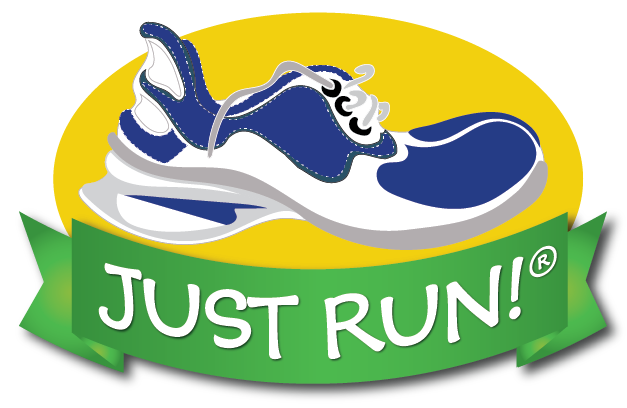Asthma Advise - Tools for Asthma Managment
Asthma Advise - Tools for Asthma Managment
Signs and symptoms of asthma vary from person to person. It is very important to identify each person’s signs and symptoms, which can include:
- Wheezing
- Shortness of breath
- Tightness in the chest
- Persistent dry cough
- Coughing or shortness of breath with physical activity
- Itchy, tingly throat or chin
A trigger is any factor that can irritate the lungs and lead to an asthma episode. Not all triggers affect people in the same way. Some common triggers include:
- Animal dander from skin hair or feathers
- Pests - house dust mites found in bedding, blankets and stuffed animals, cockroaches
- Pollens - from plants, grass or trees
- Molds
- Air quality - cigarette or wood smoke, air pollution
- Chemical irritants - perfumes, cleaning solvents, paint
- Seasonal changes: weather change, cold air, upper respiratory infections
- Strong emotional reactions Exercise
Asthma episodes can be mild to life threatening. An attack is mild if the episode settles quickly with rest and treatment. Further medical treatment is not usually necessary, but the student should avoid vigorous exercise that day. An attack is severe if:
- The rescue inhaler doesn’t help after two treatments.
- The student has difficulty in any of the following:
- Speaking
- Moving
- Is blue, pale, or sweating
- Is struggling for breath
- Requests a doctor
- Requests an ambulance
- Requests to go to the hospital
In case of a severe attack, seek professional medical attention immediately. Important note: a severe attack may not have wheezing because there is not enough air in the lungs to generate a wheeze. Under these circumstances, MEDICAL HELP IS URGENT! Delays can be fatal.
